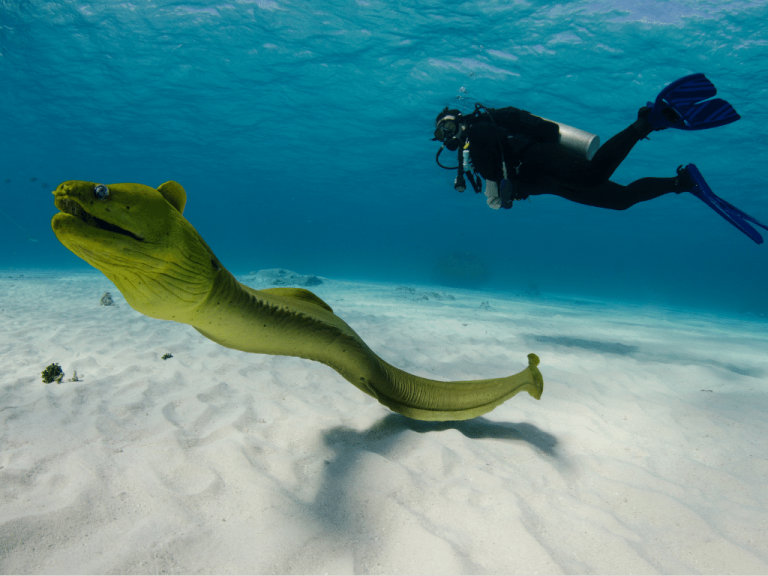Every spring, large numbers of young eels gather at the mouths of some major rivers and into the sea. Their bodies are almost transparent, about 7-8 centimeters long, and they live in freshwater rivers, lakes for 4 to 7 years, some even up to around 25 years.
However, it’s strange that their eggs or young eels cannot be found in the rivers and lakes where they reside. So where do these elvers reproduce? For many years, this has remained a mystery.
People have discovered that after living in freshwater for several years, mature eels suddenly become restless, as if the ocean is calling them. So, the eels living in rivers follow the waterways and make their way to the ocean in a meandering path.
The secret of eel reproduction was discovered about 40 years ago by a Danish ichthyologist named Jørgen Schmidt. To explore this secret, he organized several large-scale expeditions and spent around 16 years.
It turns out that eel eggs are mostly laid in the South Atlantic Ocean, in a deep area called the Sargasso Sea, at depths of 1000-6000 meters. The water temperature there remains between 15°C – 20°C. However, this place is thousands of kilometers away from the eels’ habitats in rivers and lakes.
After spawning in the ocean, eels die, and none of them ever return alive to their old homes in the rivers.
The newly hatched elvers are shaped like thin embroidery needles, about 7-8 millimeters long, and transparent throughout.
These elvers drift with warm currents and take about 3 years to reach the mouths of rivers.
Why do eels undertake this migration to spawn in the open ocean? Scientists believe that the almost constant temperature of the seawater there is suitable for eel egg hatching and elver survival. Additionally, this behavior has become instinctual due to generations of eels following this habit.

